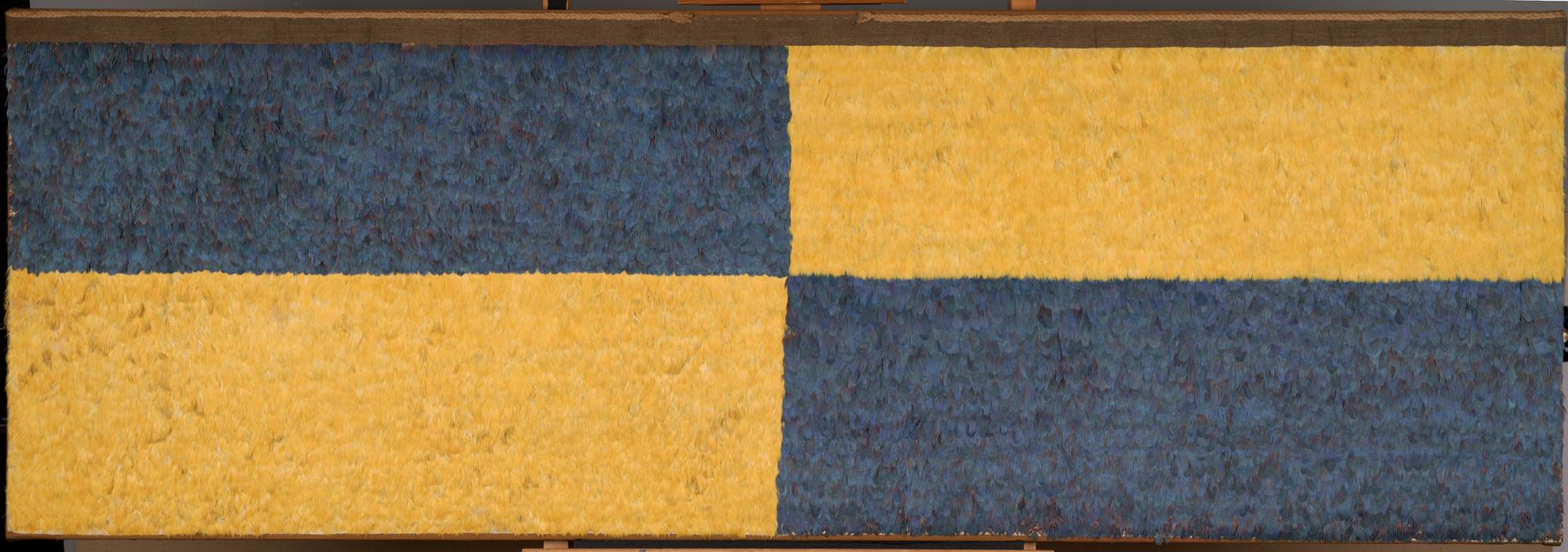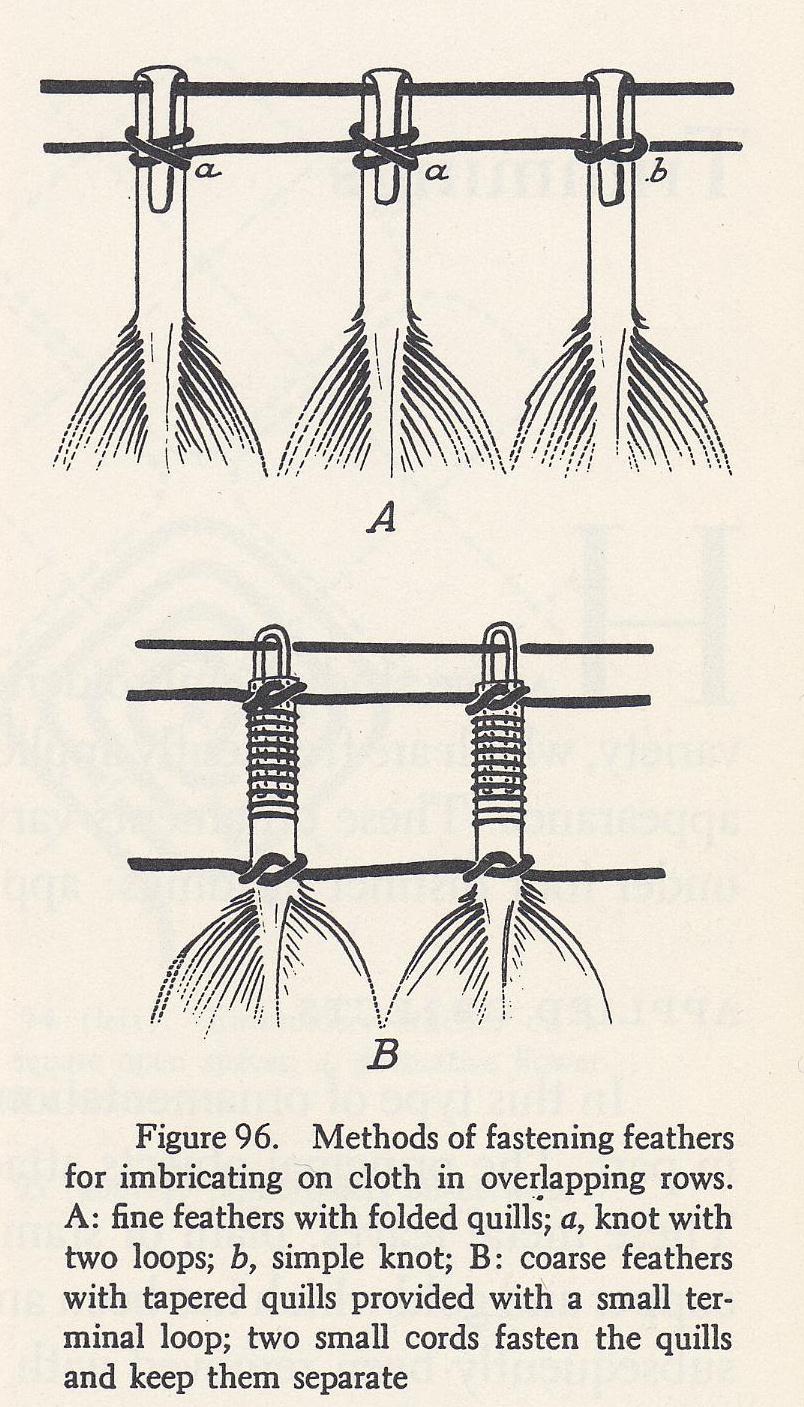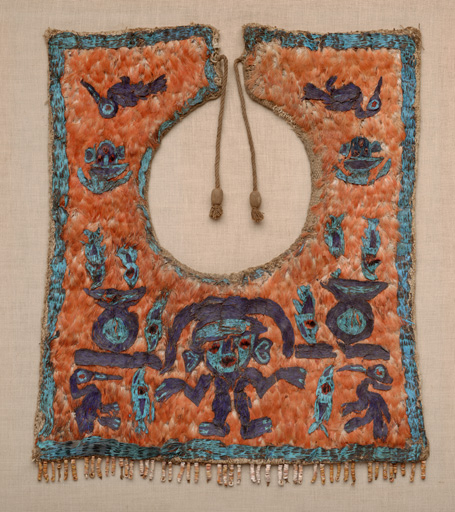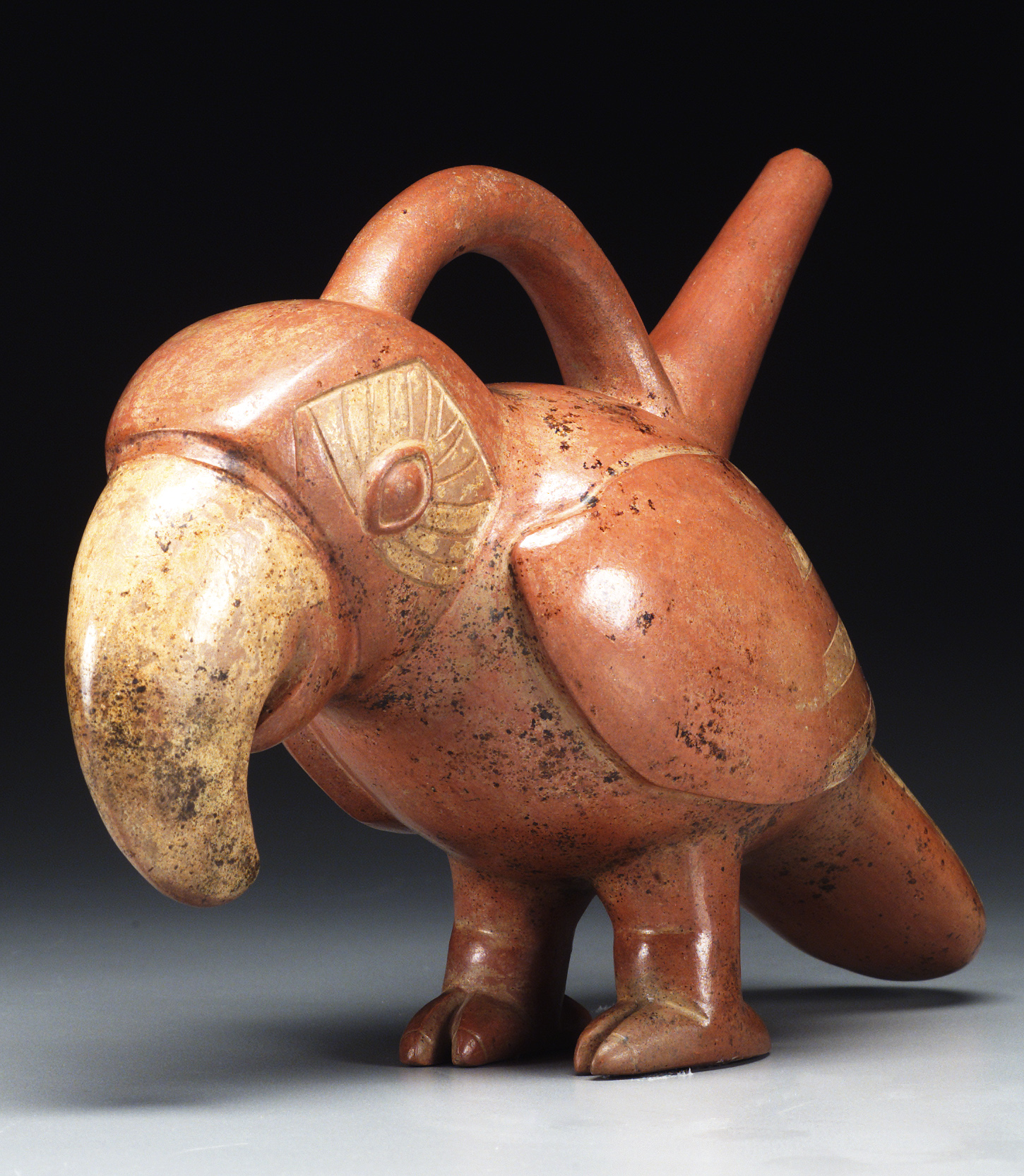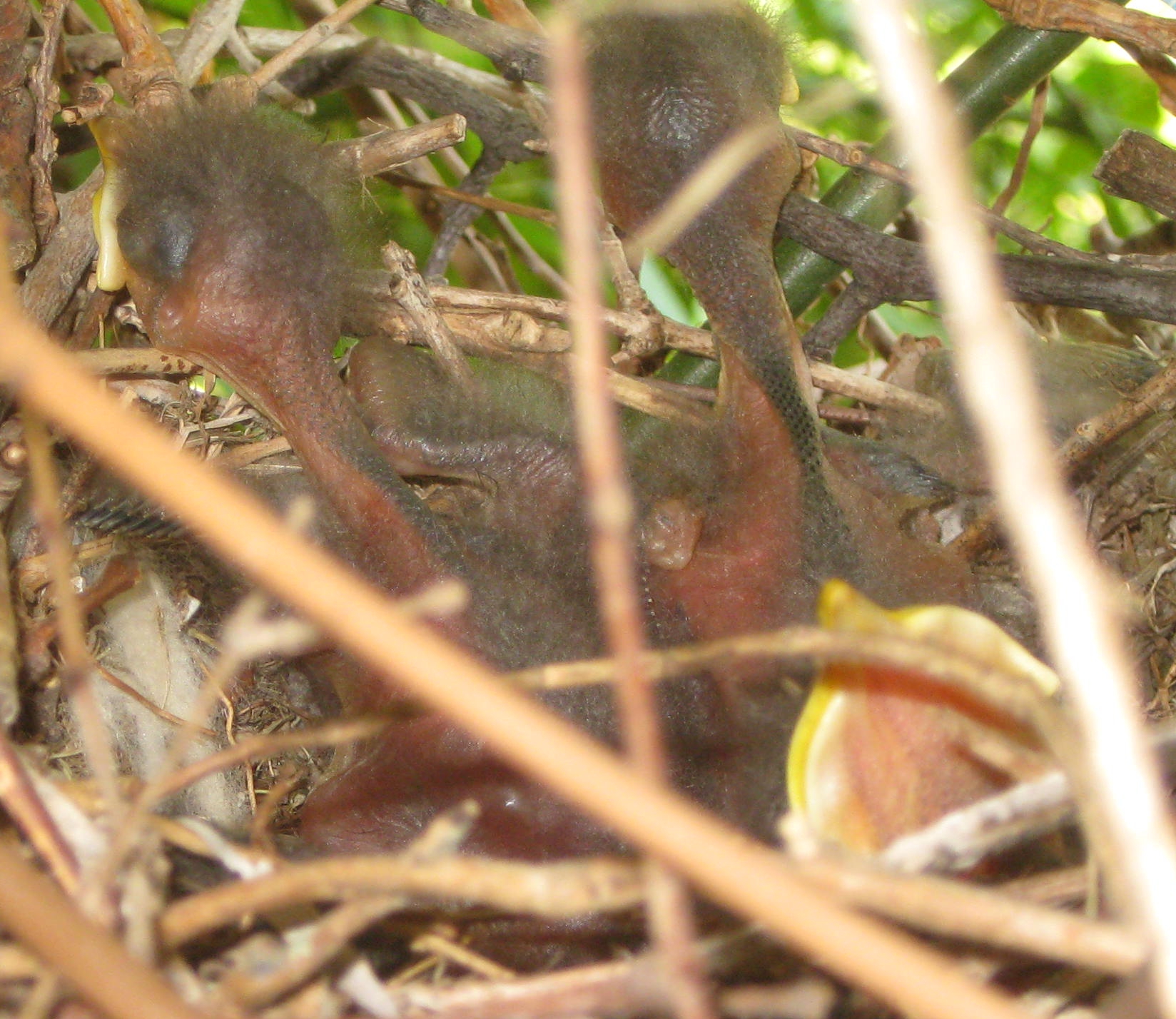Summer is a popular time for birding. Binoculars optional—all you really need to do is look and listen and you’ll see that birds are everywhere: working, singing, crafting. However, some birders know that they have to consider their own safety and security while viewing birds, not because of the dangers of wildlife but because of racism. With the recent viral video of the false police report made by a white woman against an African American man birding in Central Park, birding has become part of the national dialogue around race. Within 48 hours of the birder’s video post, which took place on the same day that George Floyd was murdered in Minneapolis, an enterprising group of nature enthusiasts, ecologists, and science educators joined forces to create the first ever Black Birders Week to bring awareness to issues of race and the outdoors. I spoke to three organizers of the group about the video, birds, art, and more.

Nicole Jackson, Program Coordinator at The Ohio State University’s School of Environment and Natural Resources, told me that such incidents of racism directed at Black birders and outdoor enthusiasts “is something that happens more often than people realize.” Kassandra Ford, a PhD candidate in Ecology and Evolutionary Biology at the University of Louisiana at Lafayette, echoed this, saying, “I wish I could say I was surprised by [the video], but I wasn’t at all.” Ashley Gary, a freelance Science Communicator also known as The Wildlife Host, remarked, “It is exhausting to be a Black person because there are so many things you have to worry about.”
Although Black Birders Week was formed to address racial inequities, its aim is also to highlight the positive impacts of African Americans in birding, environmental work, and the STEM fields. I decided to ask these three founding members of Black Birders Week to weigh in on some works in the DMA’s collection depicting birds, since birds’ relationship to human society is nothing new, and in fact goes back millennia.

The first piece, a bird-man gold pendant, would have been worn around the neck by elite men in what is present-day Colombia. The piece may reflect the Tairona belief that religious leaders could temporarily leave their human form to embody animals and gain knowledge from them. This pendant shows a bird of prey in somewhat of a dual human-animal form as the bird wears earrings and perhaps a garment. I asked Kassandra for her insights on birds of prey. “Birds are just,” Kassandra then paused, “excuse my language—but they’re badass. They’re intense, they’re ferocious, especially birds of prey. They have an aura of pride and power in the way that they hold themselves, in the way that they dive-bomb prey. That kind of attitude is like a warrior.” Indeed the piece may very well have been worn with that same aplomb.
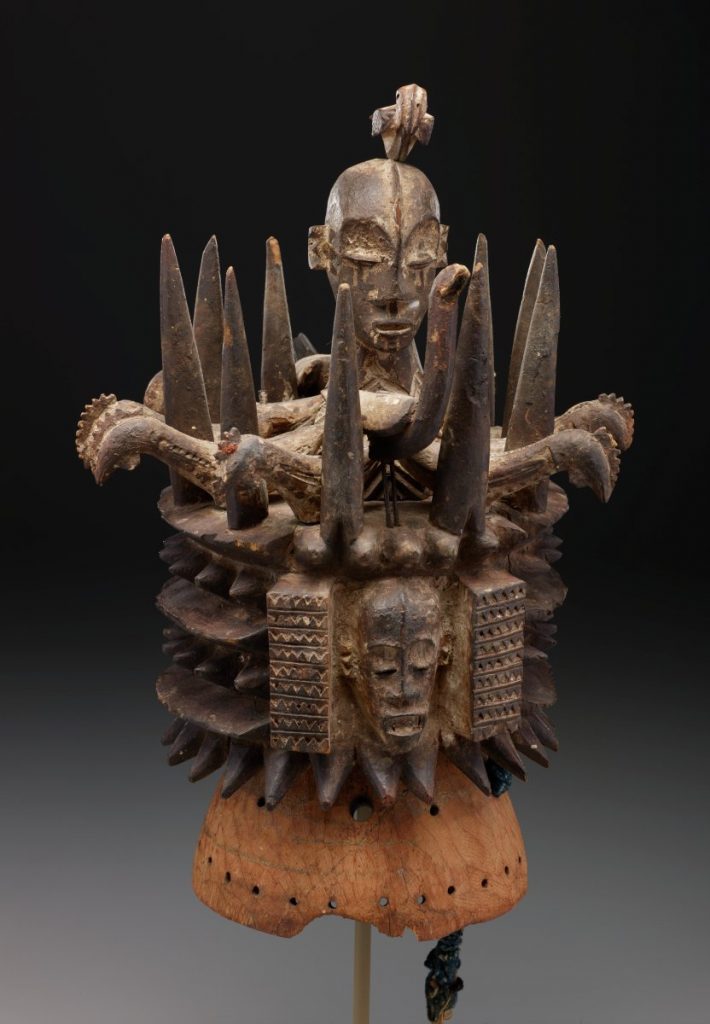
This dance headdress by an artist of the Igbo of present-day southeastern Nigeria would have been worn in dynamic display during a masquerade. The carving depicts a seat for the spirits, of which the birds may be indicative as messengers to the spirit world. Ashley found the bird figures in this piece to be observing the activity from all angles, suggesting omniscience. She compared it to Edgar Allan Poe’s infamous Raven, who silently watches and knows all, as the poem goes: “the fowl whose fiery eyes now burned into my bosom’s core.”
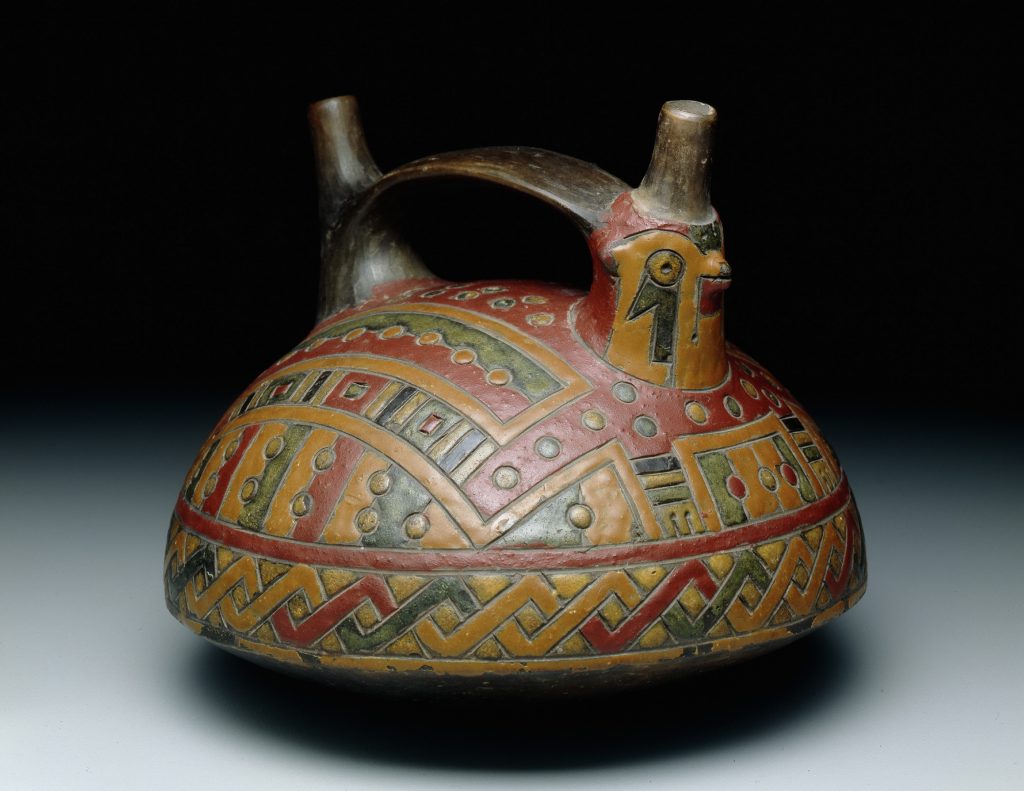
Dallas Museum of Art, The Nora and John Wise Collection, gift of Mr. and Mrs. Jake L. Hamon, the Eugene McDermott Family, Mr. and Mrs. Algur H. Meadows and the Meadows Foundation, Incorporated, and Mr. and Mrs. John D. Murchison, 1976.W.85
The double-spout vessel depicting a falcon is a funerary object from Peru’s Paracas peninsula. Many two-spouted vessels were musical devices that whistled when poured. Bird imagery is common in Paracas art, and music was also a crucial element of life, including in burial rituals, festivals, and ceremonial communications with ancestors. Since birds are among the most magisterial song makers in the animal kingdom, it seems fitting that a culture highly valuing music would also esteem an animal known for impressive sounds.
Bird calls play a major role in how birders learn to locate and learn about a bird’s life. Ashley noted that birds have the unique ability to sing two notes at once, since birds produce sounds from an organ called the syrinx, a two-sided voice box in their chest. According to author David Sibley, birds sing to communicate and mark territory. They can read their audience too, as they sing differently to mates than to rivals, and some species have over 200 songs in their repertoire. To find out more about bird behaviors, tune in to our Arts & Letters Live event with David Sibley, available now through July 28.
All three birders we interviewed spoke of the meditative aspect of birding, how it quiets the mind and fuels the spirit. The vast array of artistic depictions of birds, Nicole speculated, may reflect the dichotomy between the ubiquity of birds in our lives and their simultaneous mystery. “Birds are everywhere,” Nicole observed, “but there’s the dynamic that we don’t know everything about them. It’ll be a lifetime before you’re close to knowing everything about birds.” In a time when many people are aiming for social change, Nicole’s final observation struck me as a potent lesson to learn from the only surviving dinosaurs: “Birds are very resilient and very adaptable.” The intersection of nature and society also struck a note for me in one of Kassandra’s effusions about the pleasures of birding: “Birds can be unapologetically themselves without worrying about being judged. We as humans can learn from them.”
Dr. Carolee Klimchock is a Program Manager for Arts & Letters Live at the DMA.
